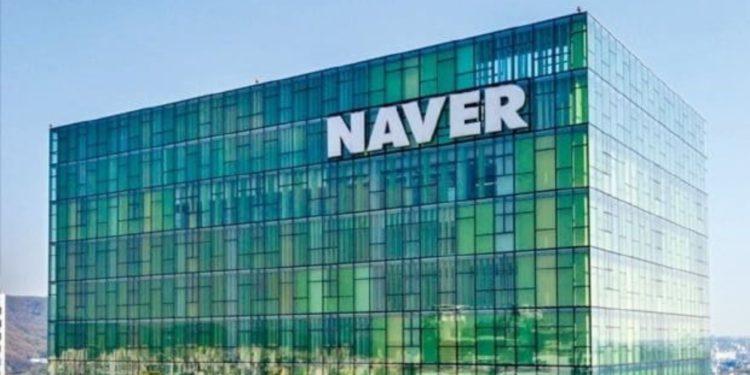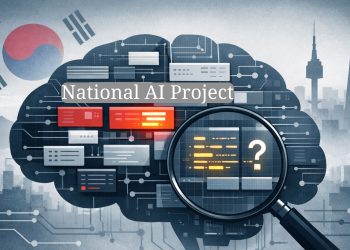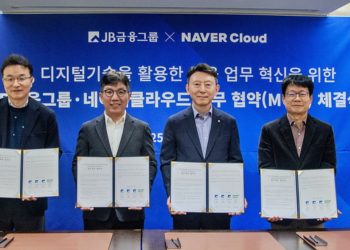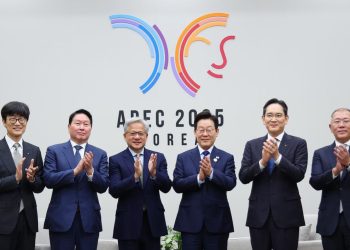South Korea’s prominent search portal, Naver, has changed its AI infrastructure strategy by transitioning to Intel CPUs from previously adopted Nvidia GPUs. This strategic pivot is primarily attributed to the mounting challenges of AI GPU shortages and the subsequent price escalations.
Previously, Naver Corporation had faithfully leveraged Nvidia GPUs to empower its AI model to distinguish authentic listings from fraudulent ones within the Naver Map software. These GPUs served as the linchpin of the software, efficiently handling data processing, inference, and verification workloads. However, the supply chain crisis and persistent price surges prompted Naver to reevaluate its GPU dependency, ultimately opting for Intel CPUs.
Amid the high demand and constrained supply of Nvidia’s H100 (Hopper) GPUs, the chip manufacturer is grappling with overwhelming orders, leading to challenges in maintaining a consistent inventory.
The phenomenon has triggered price surges, with Nvidia’s AI accelerators in South Korea surging to 80 million won ($59,121) from the 40 million won ($29,561) they commanded at the start of the year.
Additionally, for companies equipped with the financial means to procure these GPUs, the prolonged lead times of up to 52 weeks have made it arduous to secure sufficient quantities.
This logistical bottleneck can be attributed to the limited production capacity of Taiwan’s TSMC, the manufacturer of Nvidia GPUs, needing to catch up with the soaring demand.
With these adversities, companies like Naver Corporation have turned to alternative suppliers to address their AI infrastructure requirements.
GPUs have long held an advantage in AI inference workloads, often delivering performance up to ten times faster than CPUs. However, Intel’s latest Xeon processors have rendered them a compelling substitute for Nvidia GPUs.
In response to the GPU supply chain problem, Naver Corporation conducted a month of rigorous testing before choosing Intel’s 4th Generation Xeon Sapphire Rapids chips to power its AI servers.
Joo Yoon-sang, head of the Naver G Place AI development team, explained, “We have been able to reduce operating costs through CPU conversion and AI model optimization.”
“We have secured a technological foundation that can be expanded in the future,” he added. By transitioning to these advanced CPUs, Naver aims to secure the desired performance while minimizing the dependency on GPUs.
Read more:
- Government and Korean Tech Giants Join Hands to Launch Intelligent Home Initiative
- Naver and Samsung Collaborate with Korean Govt for International AI Safety Summit
- Naver Seals $100M Deal for Saudi Digital Twin Platform Project
- Korean intelligence agency to release security guidelines for ChatGPT amid rising cybersecurity threats
- SK Hynix Unveils the Fastest DDR5 Memory Chips in Collaboration with Intel







